The greek basil (Ocimum minimum) is a species of basil with a strong aroma and unique flavor that makes it a great addition to the kitchen. With its small, delicate leaves, this charming plant is increasingly popular with enthusiasts. Growing Greek basil in the garden or in pots is an activity accessible to everyone, which offers many advantages. Not only can you enjoy its fresh aroma in dishes such as salads, sauces, pesto and much more, but you can also take advantage of its notes beneficial properties for health.
In this article, we’ll explore the basic steps to successfully growing this basil species, whether you have a large vegetable garden or just a small balcony space. You will discover the secrets for obtaining luxuriant plants, how to take care of them in the right way and how to make the most of their qualities.
What are the botanical characteristics of Greek basil?
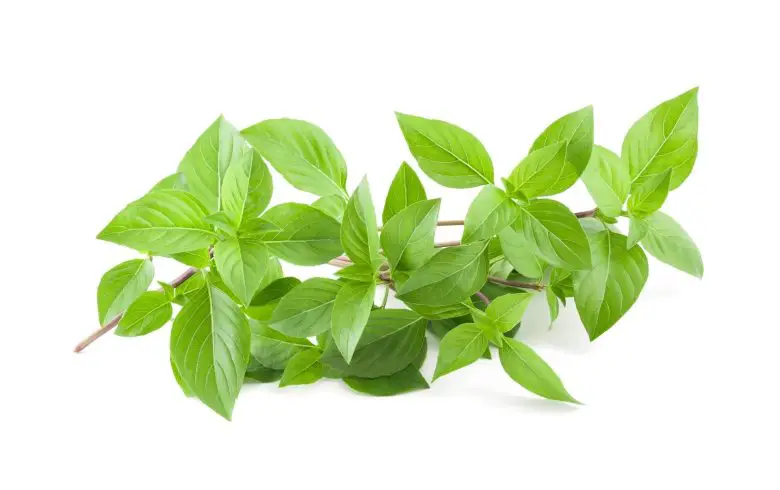
Ocimum minimum belongs to the Lamiaceae family, a close relative of classic basil (O. basilicum). Despite the name, Greek basil does not necessarily have specific origins in Greece, but in southern Europe in general.
It is an annual herbaceous plant that reaches an average height of 20-30 cm. It looks very similar to other basil varieties, but has some specific botanical characteristics. In fact, the leaves are very small and oval, with an intense green color. They are dull and slightly hairy to the touch. The leaves emit a strong and distinctive scent when rubbed or crushed.
The plant produces spike-shaped flowers, usually white or pale purple in color. These flowers are grouped in terminal clusters and can attract bees and other pollinating insects.
Greek basil has a shallow root system and develops in a compact, almost bushy way, making it suitable for growing both in pots and in the garden.
One of the most attractive features of this plant is its unique flavor and aroma. The leaves have a pungent, slightly spicy and slightly bitter taste, which differentiates them from other types of basil.
What soil is it grown on?
Greek basil thrives best in fertile, well-drained, light soil.
The growing medium should be soft and crumbly, with a good structure that allows the roots to spread easily. Avoid heavy clay soils which tend to hold excess water.
Make sure the soil has good drainage to avoid water pooling around the roots. Overwatering can cause root rot and damage the plant.
The plant prefers soil with a pH neutral or slightly alkaline, between 6.0 and 7.5.
The soil should be rich in organic matter. Before sowing or transplanting, it is useful to incorporate into the soil mature manure or compost to improve fertility.
Where to put Greek basil?
Greek basil likes direct sunlight and thrives best in areas that get at least 6-8 hours of sun a day. Make sure you place the seedlings in the garden or the pot in a well-lit area.
When and how is Greek basil sown?
Greek basil can be sown at different times of the year, depending on the climatic conditions.
If the climate in your area is warm enough, with stable night temperatures around 15-20°C, you can sow it directly into the ground in early spring, when the risk of frost has passed. Make sure the soil is warm enough to promote seed germination.
If the weather is still cold or if you prefer to start the plants indoors before transplanting, you can sow Greek basil in pots or seedbeds about 6-8 weeks before the expected outdoor transplant date. Use a good quality potting soil and place the seeds about 0.5-1cm deep.
Here you will find a large selection of seeds.
When and how is Greek basil planted?
Greek basil can be planted outdoors, in the garden or in pots, after the danger of frost has passed and temperatures are consistently above 15°C. This usually occurs in late spring or early summer, depending on your region and seasonal weather conditions.
When planting Greek basil, it is important to take into consideration the distance between the seedlings to allow them to grow healthily and have enough room to develop. Generally, it is recommended to keep a distance of about 20-30 cm between one plant and another. This spacing allows plants to have enough root space, reducing the risk of competition for nutrients and water. In addition, good spacing also facilitates air circulation around the plants, reducing the risk of fungal diseases.
If you grow it in pots or containers, you can plant one seedling per appropriately sized pot, with a diameter of at least 15-20 centimeters. This way, each plant will have enough space to grow and develop optimally.
How to water a Greek basil plant?
L’correct watering it is essential for good growth and health of Greek basil plants.
Regularly check the soil moisture by digging a finger into the soil about 2-3 cm deep. If the soil feels dry at this depth, it’s time to water.
The plant prefers moist, but not overly soggy soil. Avoid leaving the soil completely dry or saturating it with too much water. The goal is to keep the soil moist, but not waterlogged.
Drip irrigation or the use of a watering can with a fine nozzle allows you to deliver water directly to the base of the plants without wetting the leaves. This helps prevent fungal diseases and keep the leaves dry. Avoid watering the plants during the hottest hours of the day, preferring early in the morning or in the evening. Watering during these times allows the plant to absorb water more efficiently and reduces evaporation.
What are the diseases and pests of Greek basil?
In general, Greek basil is a rustic plant resistant to parasites and diseases. However, attention must be paid to some potential problems that may arise.
As for diseases beware of downy mildew of basil, a disease of cryptogamic origin that occurs in poor cultivation conditions, for example in heavy soils that are over-watered. This phytopathology causes the blackening of the leaves and a rapid deterioration of the plant. To prevent it, it is necessary to respect the cultivation conditions that we have illustrated to you, especially with regard to irrigation and the right distance between plants.
Among the parasites, pay attention to the presence of leafhoppers which are noted with the onset of small and widespread white dots on the leaves. To eliminate them from Greek basil, we recommend using neem oil products or tea tree oil.
How is it harvested?
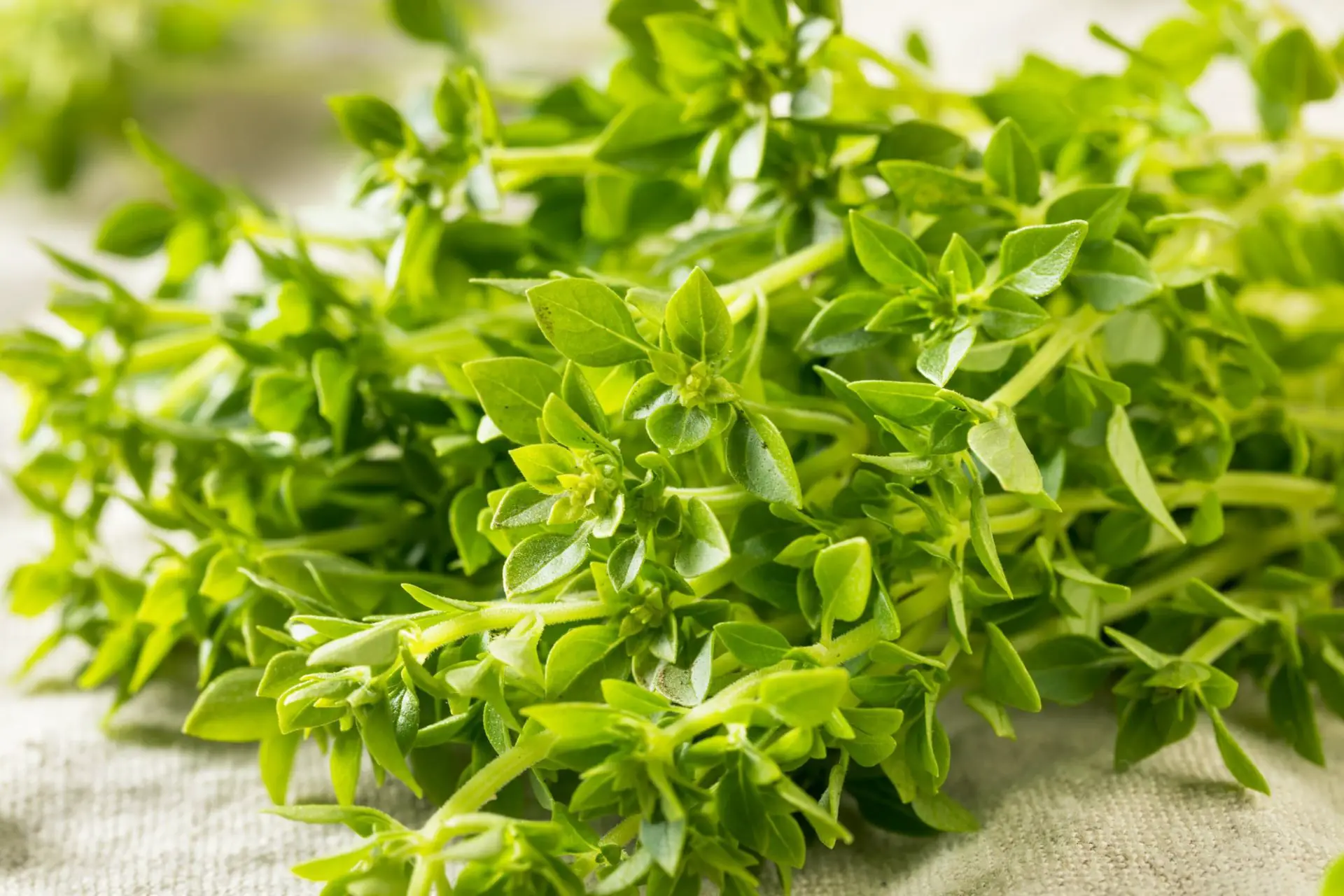
Harvesting Greek basil can be done as the plant grows and produces mature leaves. Generally, it is recommended to wait until the plant is at least 15-20 cm tall before starting to harvest the leaves. In this way, the plant is allowed to develop enough before starting the harvest. Select the largest, most mature leaves of the plant for harvesting. These leaves will be more flavorful and aromatic. Avoid harvesting all the leaves from one plant at once, but harvest only a portion of the leaves, leaving the youngest to allow the plant to continue growing.
To harvest, use a garden shears or simply pinch the leaves with your fingers near the base of their stem. Make sure you don’t damage the main plant or its stem during the harvesting process.
Greek basil responds well to regular leaf picking. This will encourage the plant to produce new leaves and branch out further.
How are the leaves stored?
There are several techniques for storing Greek basil leaves to extend their shelf life and preserve their flavor and aroma.
One of the simplest and most effective techniques is to freeze it. Both whole and chopped leaves can be frozen. Wash the leaves thoroughly and dry them gently with a towel. Next, put them in a food bag or airtight container and place it in the freezer. When you need to use frozen basil, extract the desired quantity and add it directly to your preparations.
Another common preservation technique is drying. After harvesting, wash and dry the leaves well, then gather them in bunches and hang them upside down in a cool, dark and well-ventilated place. Let them dry completely until they are brittle to the touch. Once dried, you can crumble them or store them whole in an airtight container. This method can take several days to complete.
A delicious way to store Greek basil is make a pesto.
How do you use Greek basil?
Greek basil leaves are very versatile and can be used in many ways in the kitchen to enrich dishes with their characteristic aroma and flavour.
First, the fresh leaves can be added directly to dishes to enrich them with aroma and flavour. For example finely chopped and sprinkled on pizza, salads, soups, pasta dishes or on sandwiches for a touch of freshness.
Greek basil leaves can also be used to prepare a simple basil sauce. Blend the leaves together with the olive oil, garlic, salt and cheese (if desired) until you get a smooth sauce. This sauce can be used fresh as a dressing for salads, meats, fish or vegetables.
Greek basil is also used for prepare herbal tea refreshing and aromatic. Add some dried leaves in boiling water and leave them to infuse for a few minutes. You can sweeten it with a little honey and enjoy this herbal tea hot or cold.

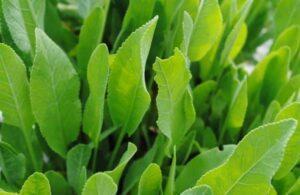
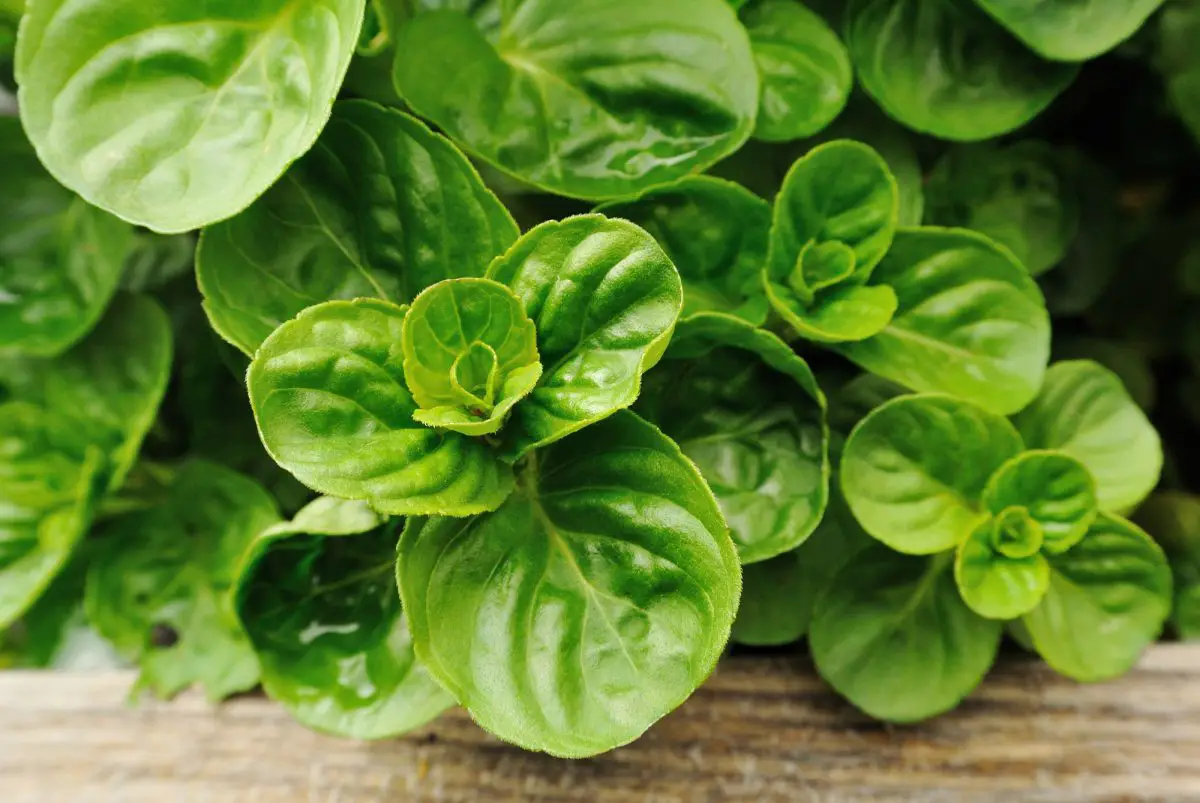
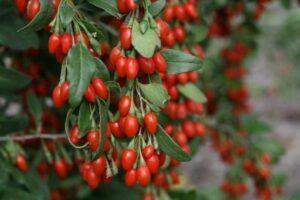
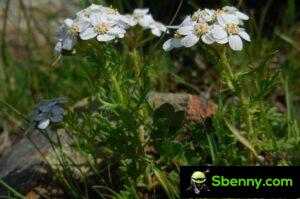
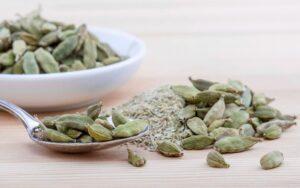
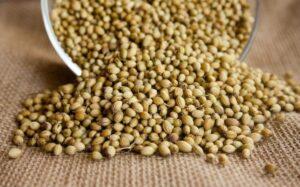
Start a new Thread